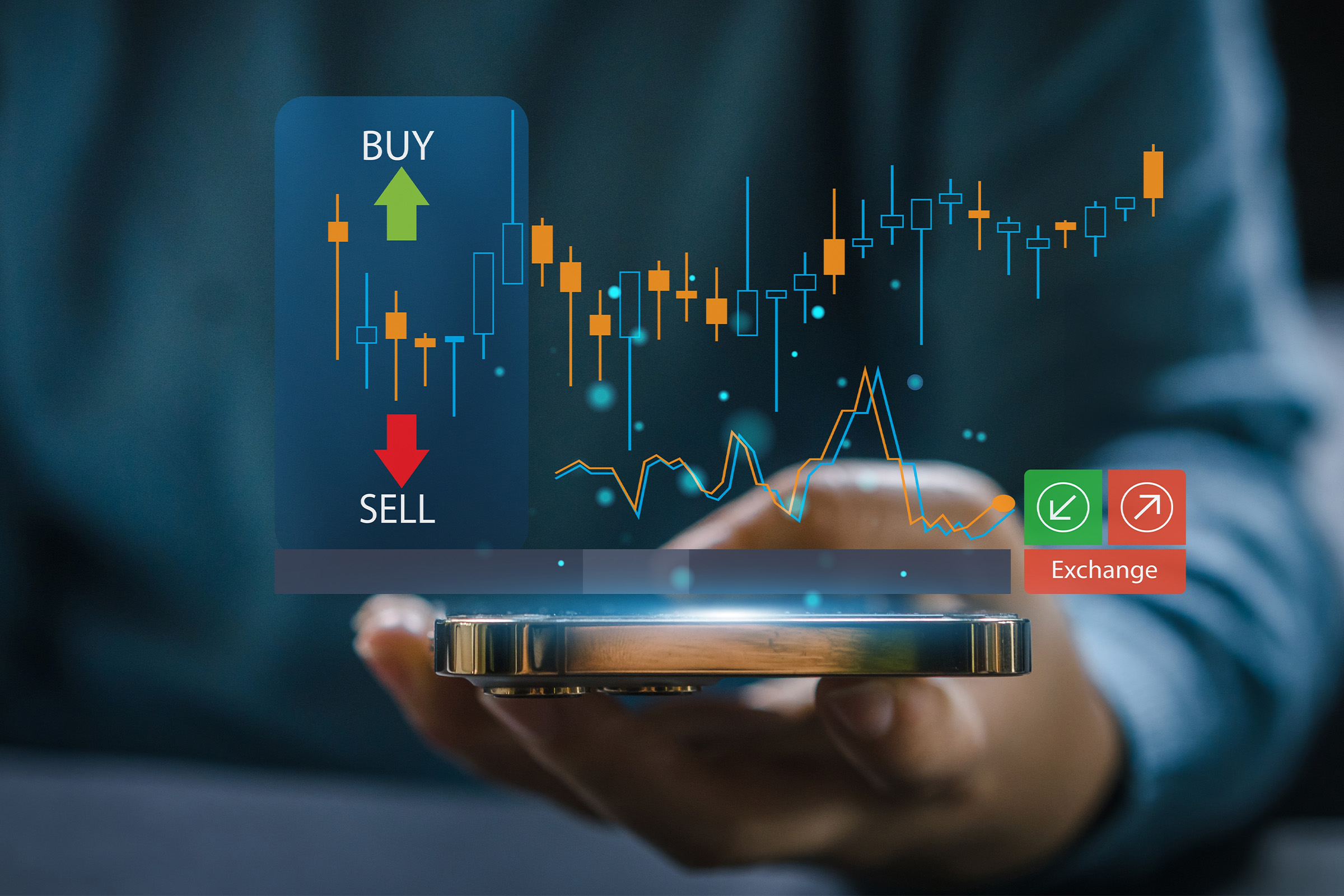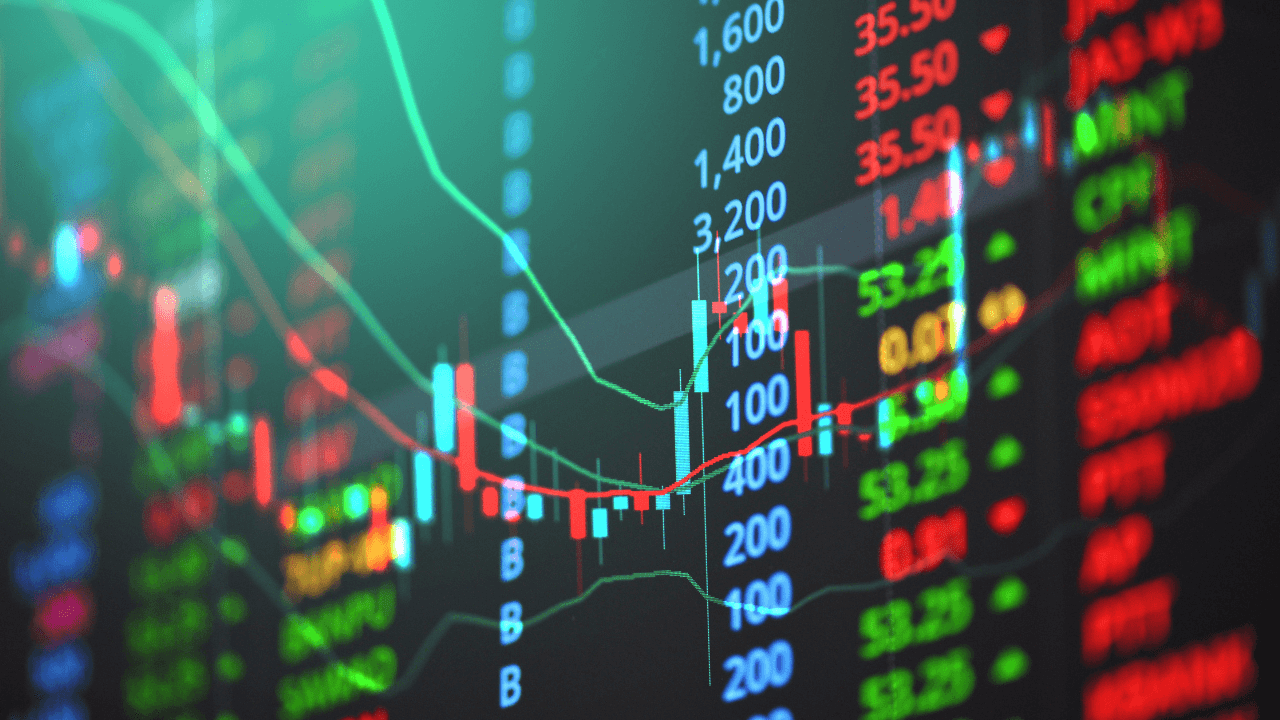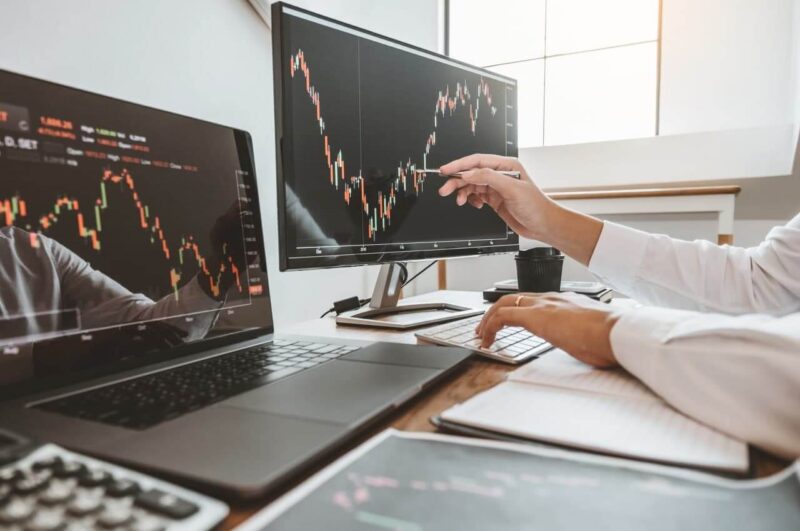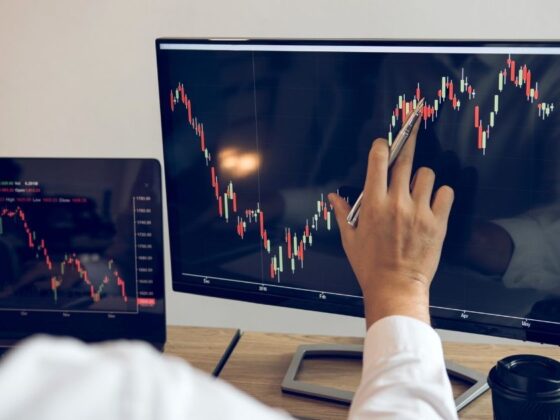In the fast-paced world of finance, automated trading platforms have emerged as a beacon of efficiency and opportunity, promising to deliver remarkable returns with minimal effort. Yet, behind this alluring façade lies a labyrinth of hidden costs that can easily ensnare even the savviest traders.
While the allure of algorithm-driven strategies may seem irresistible, the reality is often more complicated. From unanticipated fees to the potential for systemic failures, these platforms can lead to diminished returns and increased risk.
As traders increasingly rely on technology to execute their strategies, it becomes essential to peel back the layers and examine the nuanced implications of automated trading. What may initially appear as a simple solution could hide complexities that could impact your portfolio and financial health in profound ways.
Join us as we delve into the unexpected pitfalls and hidden expenditures of leveraging automated trading systems, ensuring that you are well-equipped to navigate this intricate landscape.
The Allure of Automation: Benefits Highlighted

The allure of automation in trading is undeniable, offering a tantalizing blend of efficiency and accessibility that appeals to both novice and seasoned investors alike. Imagine a world where algorithms tirelessly analyze vast oceans of data, identifying trends and executing trades with lightning speed—no human emotion to cloud judgment, no fatigue to slow the process.
This promise of precision is enticing; it can significantly reduce the time spent monitoring markets and make trading decisions driven by cold, hard statistics rather than gut feelings. Yet, amidst this siren song of convenience, one must tread cautiously.
The comfort of automation can sometimes mask lurking pitfalls, inviting a false sense of security that could lead unsuspecting traders down a precarious path. Balancing these benefits against the backdrop of potential hidden costs is essential for anyone hoping to truly thrive in the landscape of using automated trading systems.
Hidden Fees and Subscription Costs

Hidden fees and subscription costs can significantly impact the overall profitability of using automated trading platforms, often lurking behind alluring promises of ease and efficiency. Many users fall into the trap of focusing solely on the advertised benefits, blissfully unaware of the additional costs that can sneak in through the back door.
Monthly subscription fees may seem modest, yet they can accumulate over time, especially if you\’re subscribing to multiple platforms in search of the best tools. Moreover, transaction fees, withdrawal charges, and even performance-related costs can chip away at your gains, creating a complex web of expenses.
Some platforms lure you in with low initial fees but then impose hefty charges for premium features or data feeds that seem essential for successful trading. All of these hidden costs can make the seemingly straightforward world of automated trading far more complicated than it appears, leaving traders to navigate a financial landscape that is anything but transparent.
Transaction Costs: Commissions and Spreads

When navigating the world of automated trading platforms, one can\’t overlook the impact of transaction costs, particularly commissions and spreads, which can silently devour potential profits. Every trade executed is accompanied by a commission fee, often dependent on the chosen platform and the volume traded; these can add up significantly over time, especially for high-frequency traders.
Alongside this, the bid-ask spread—the difference between what a buyer is willing to pay and what a seller is asking—can widen unexpectedly, particularly during volatile market conditions, further eroding gains. It’s crucial to delve into the fine print of any trading agreement, as some platforms promote themselves with enticing features but later reveal hidden costs that can surprise even seasoned investors.
Thus, while the allure of automation may promise efficiency and speed, it’s vital to account for these submerged fees, as they can substantially affect the overall profitability of trading strategies in the long run.
Conclusion
In conclusion, while automated trading platforms offer numerous advantages, such as efficiency and the ability to execute trades at unprecedented speeds, it is crucial for investors to be aware of the hidden costs associated with their use. Factors like software fees, less transparency in trading strategies, potential for system malfunctions, and the psychological disconnect from traditional trading practices can significantly erode profits and impact long-term success.
Therefore, before diving into the world of automated trading systems, investors should conduct thorough research and consider the hidden costs that may influence their financial outcomes. Balancing the benefits with a clear understanding of these risks is essential for making informed and strategic trading decisions.


